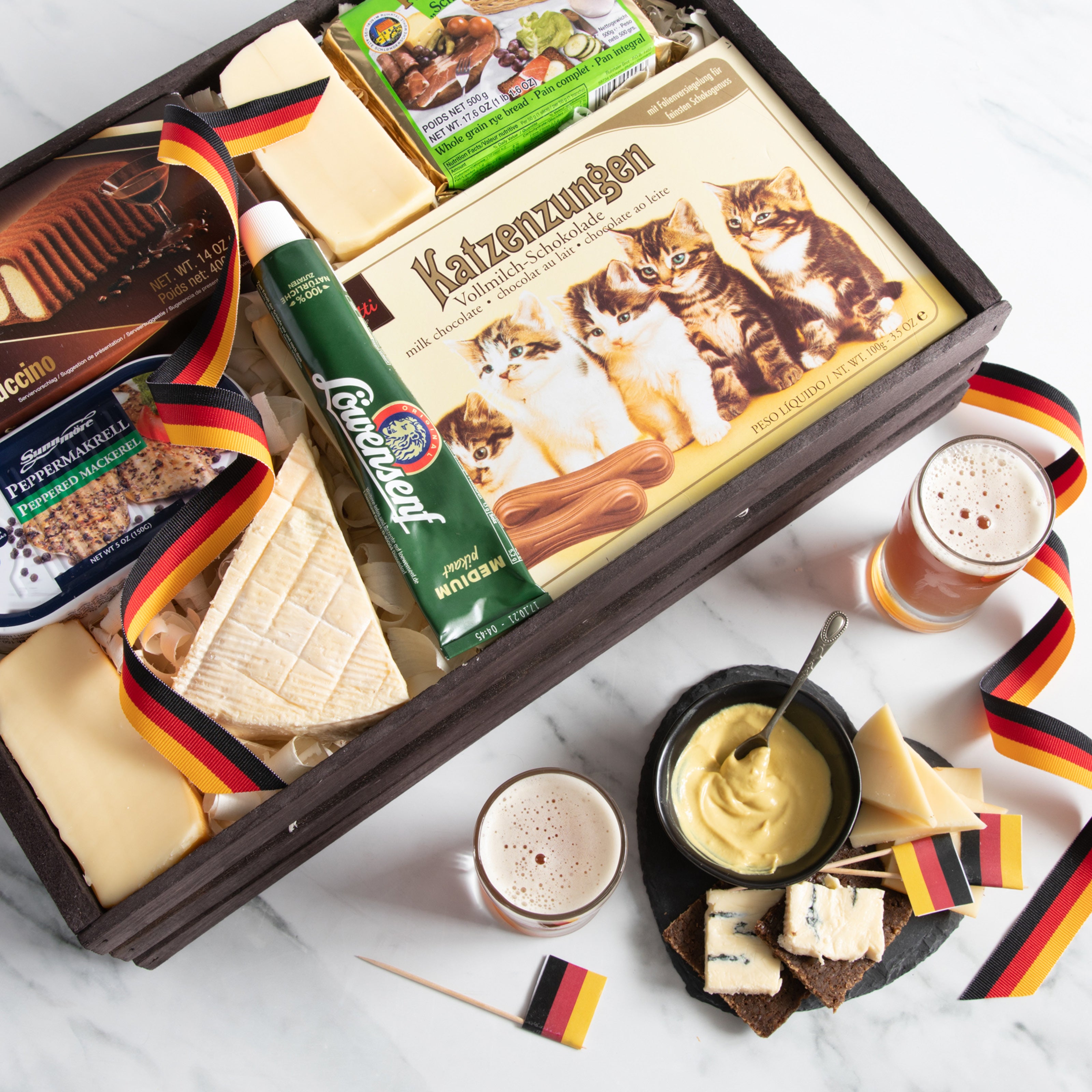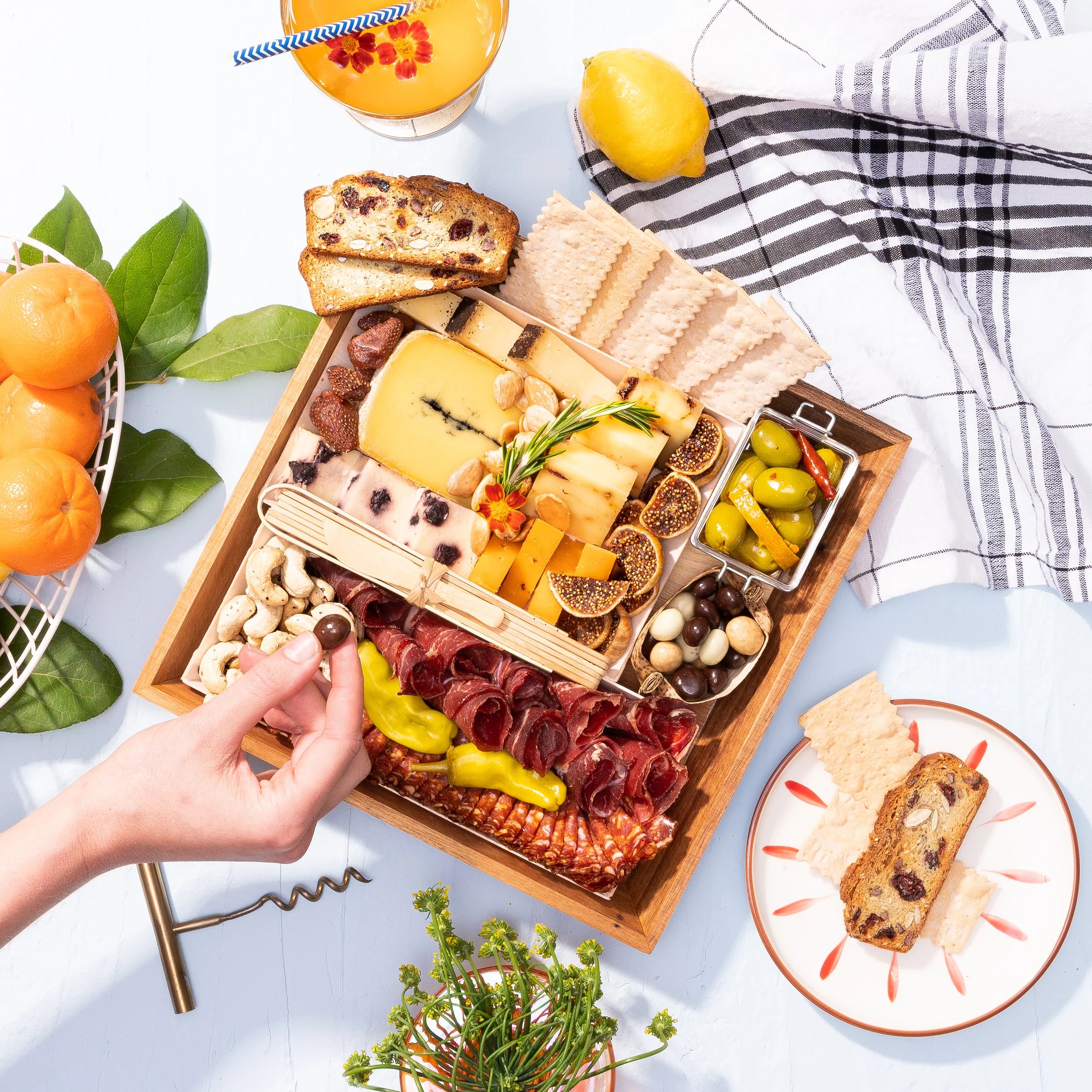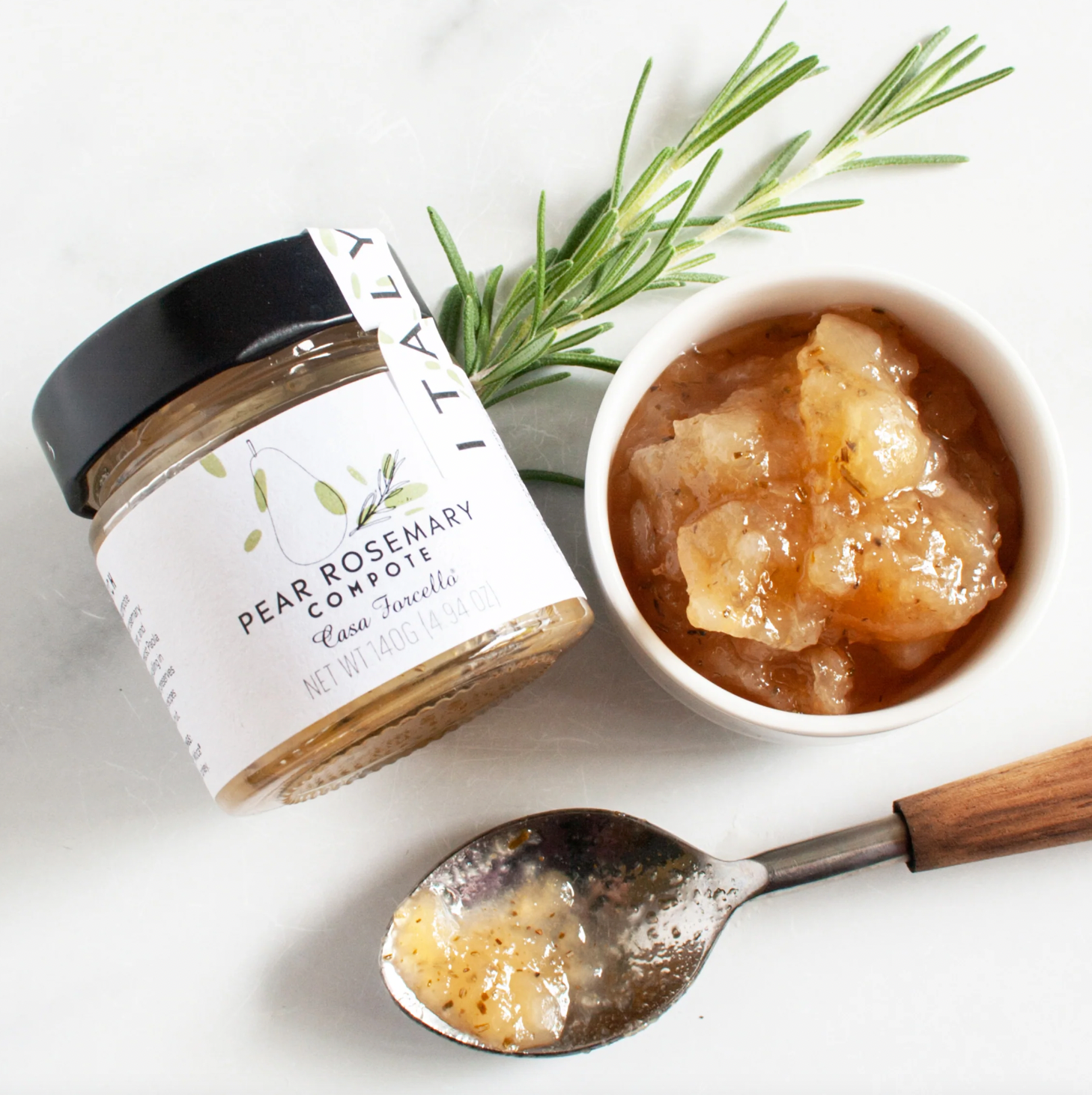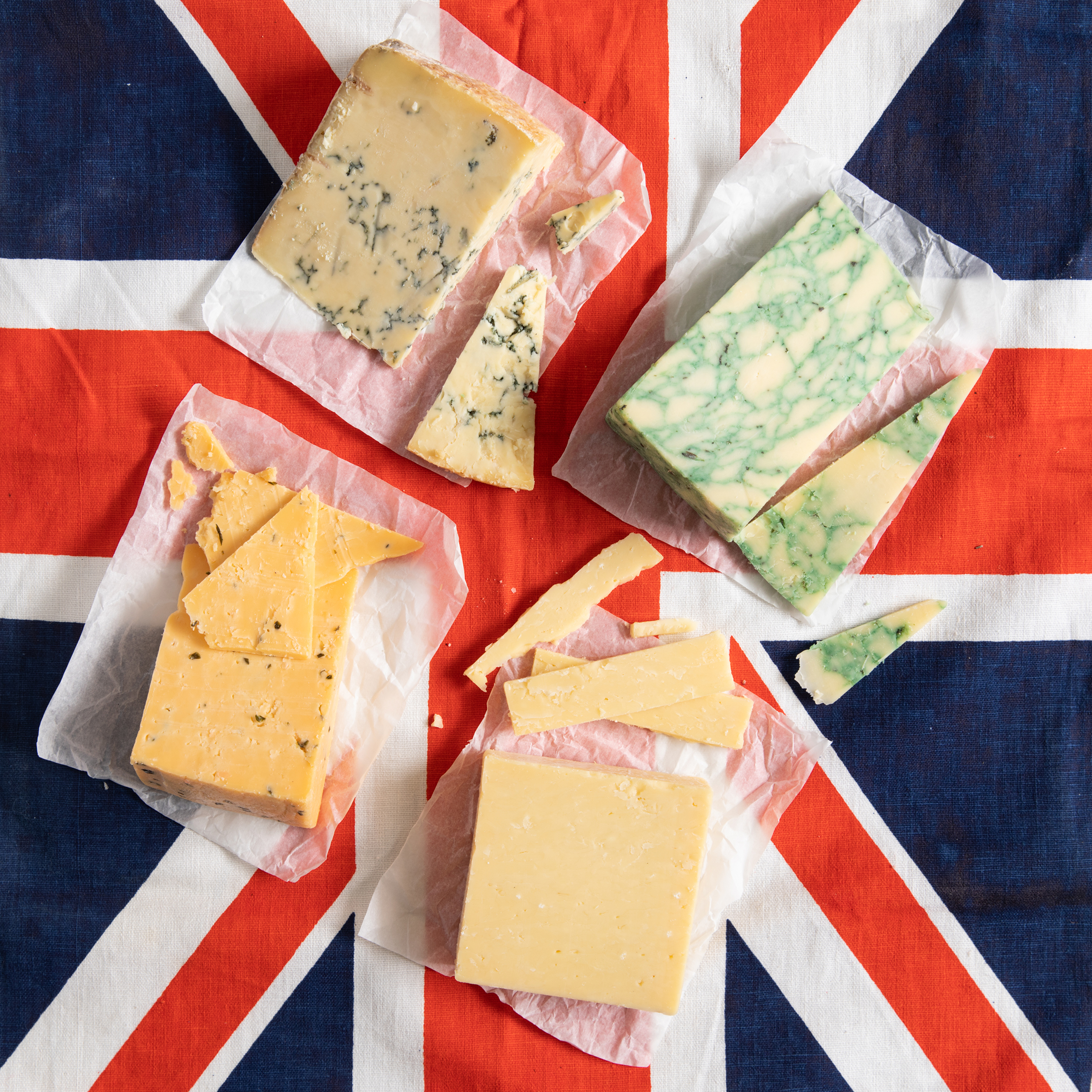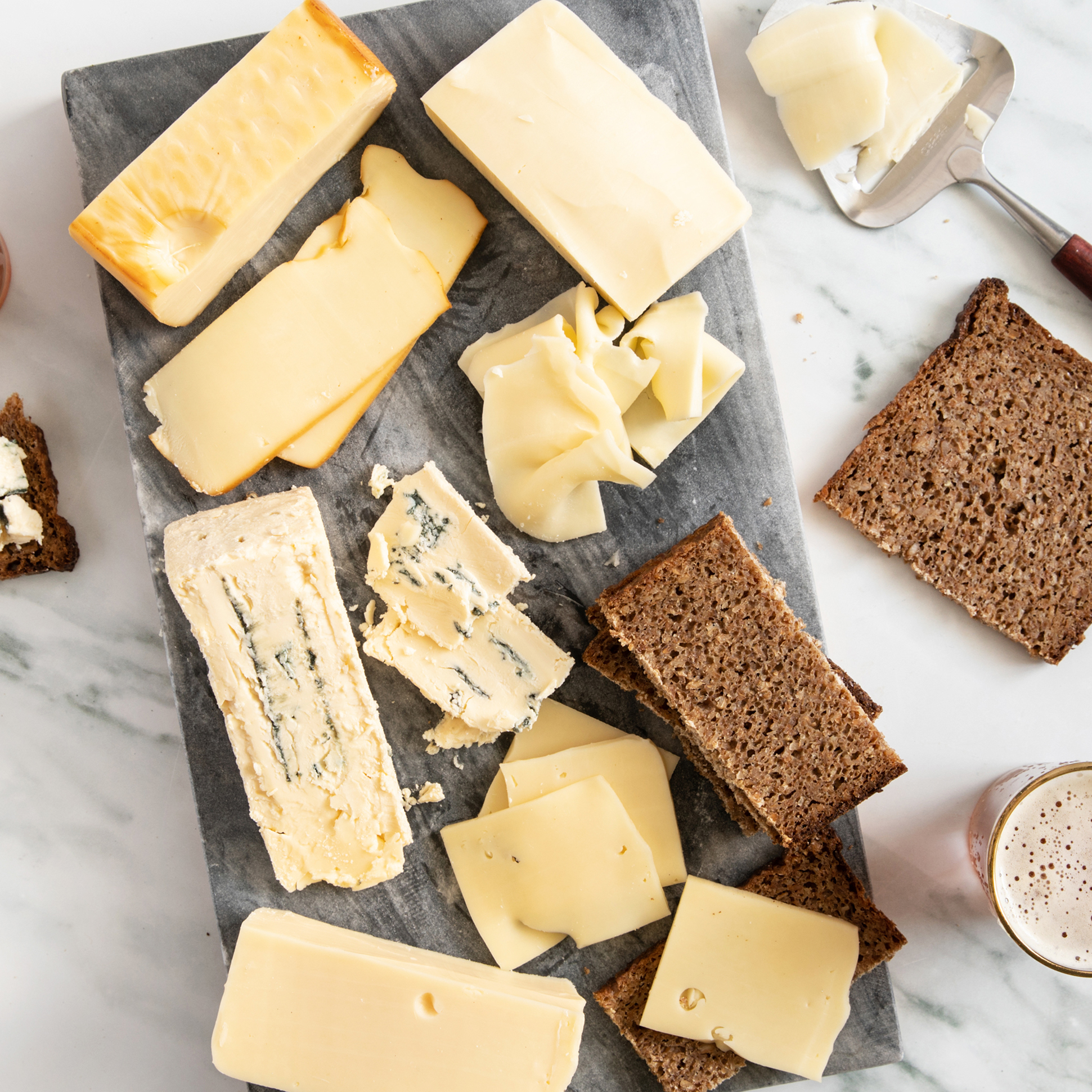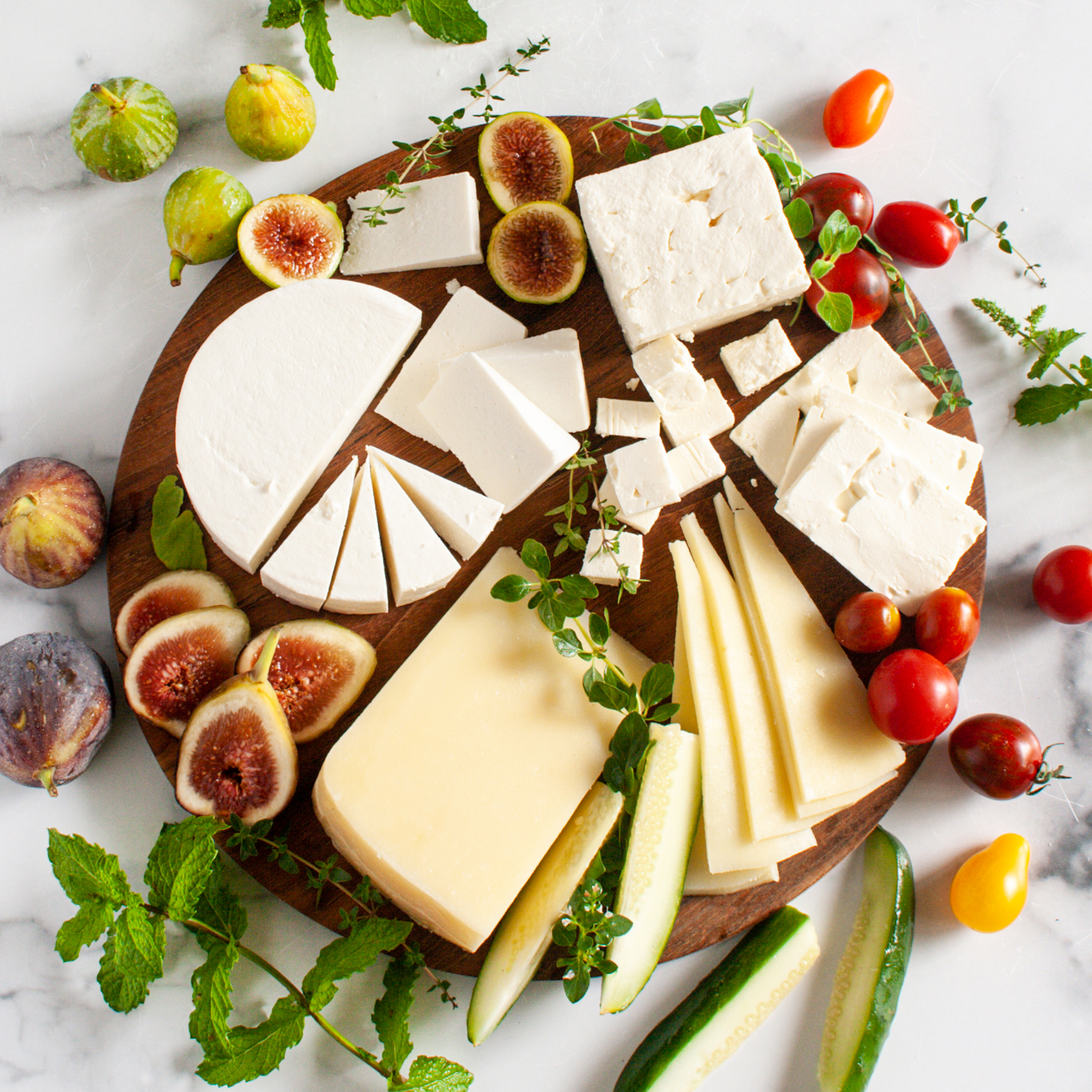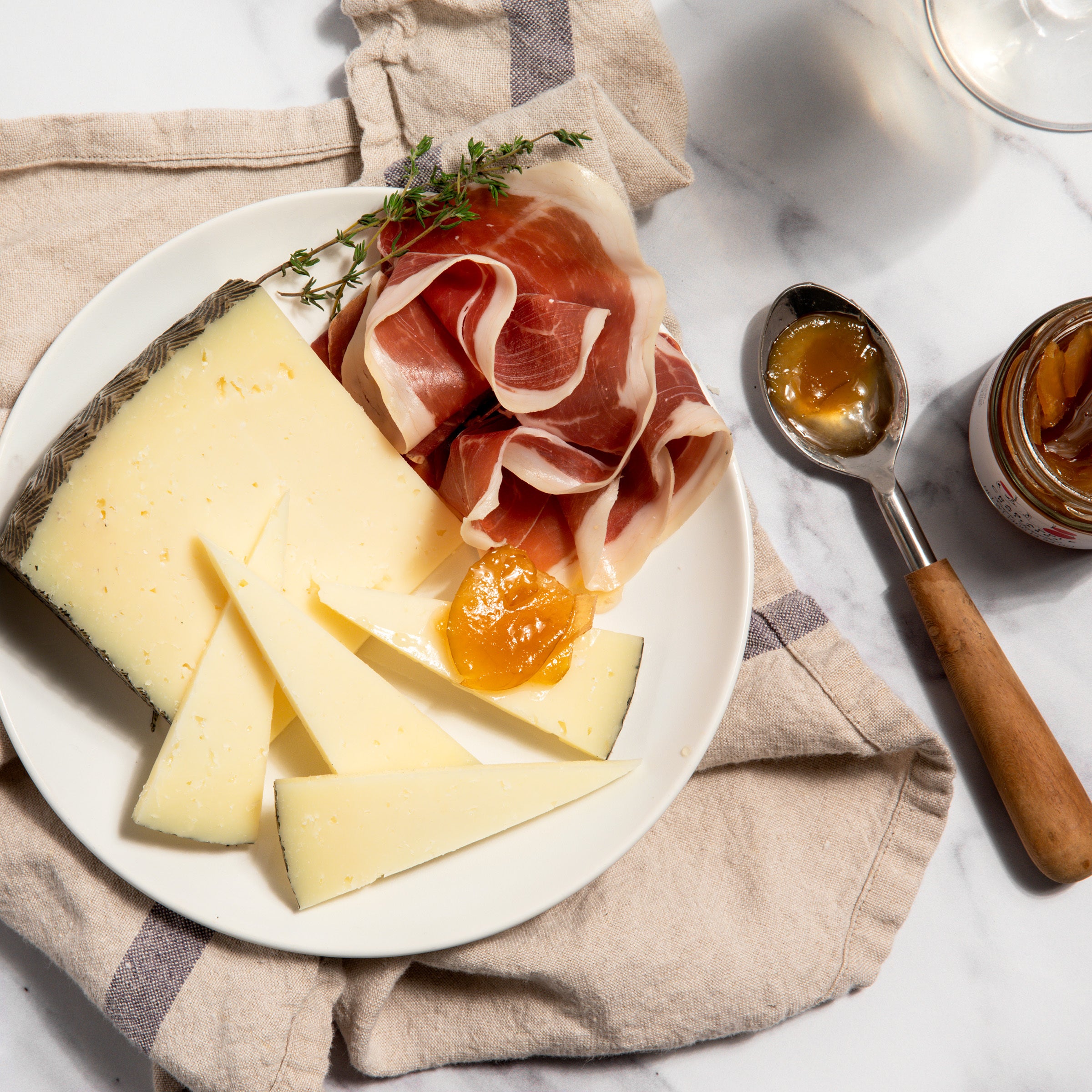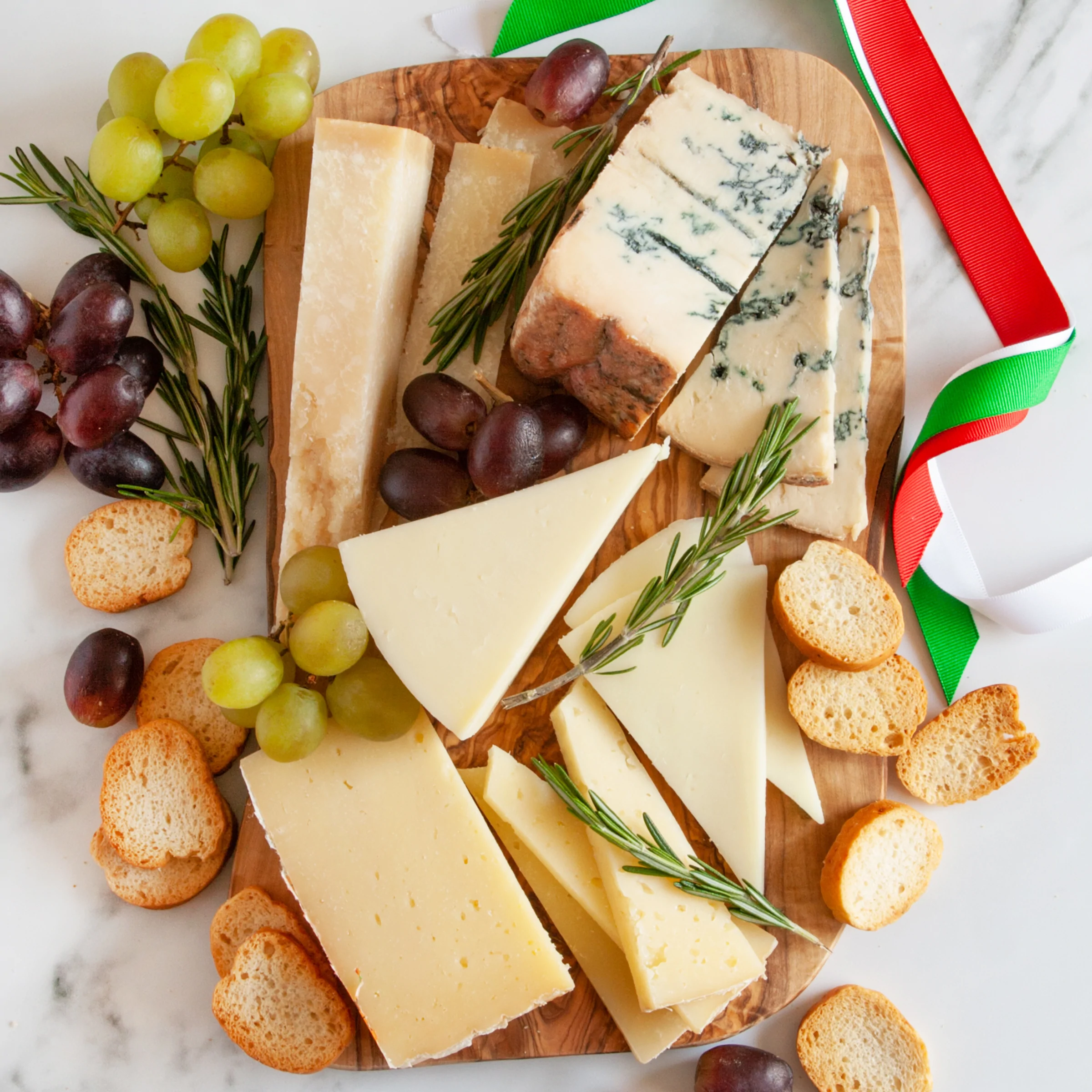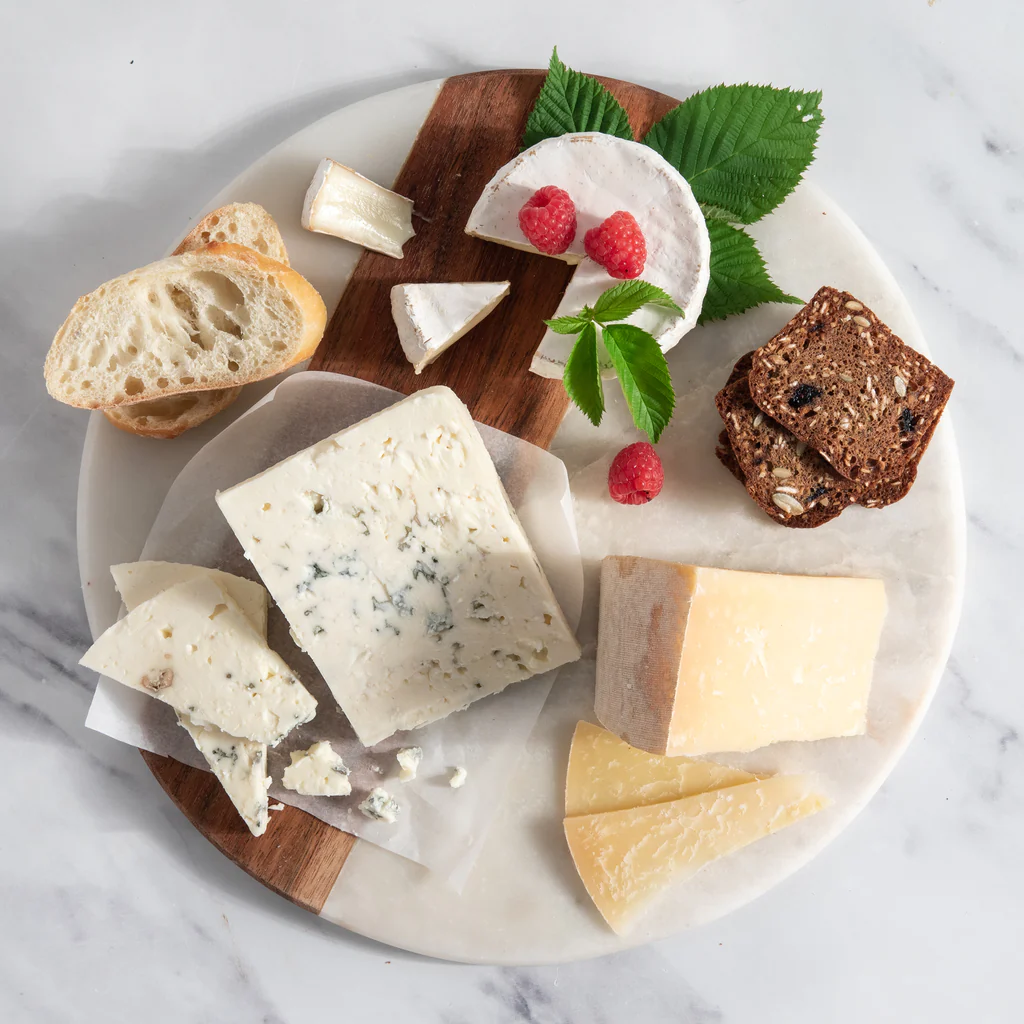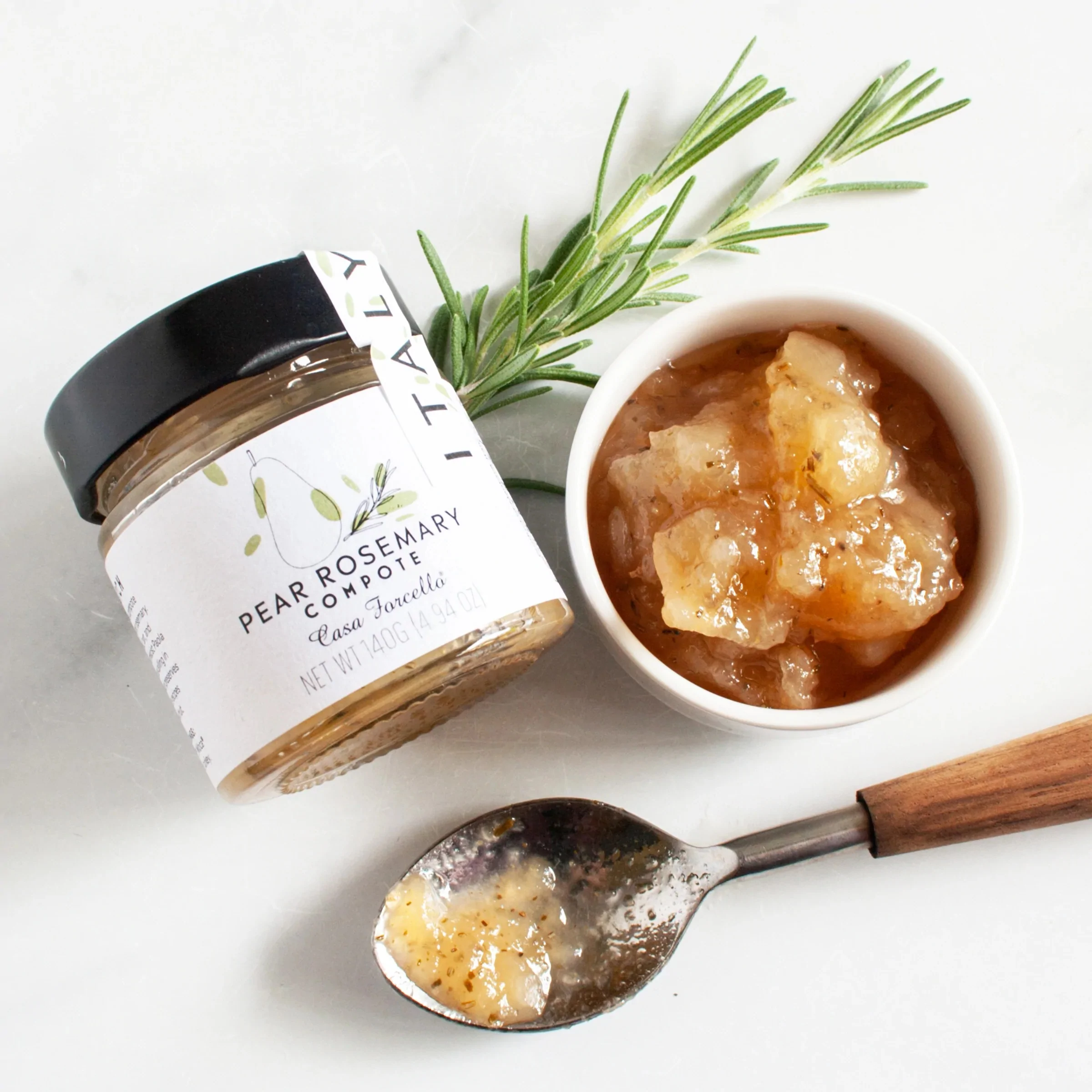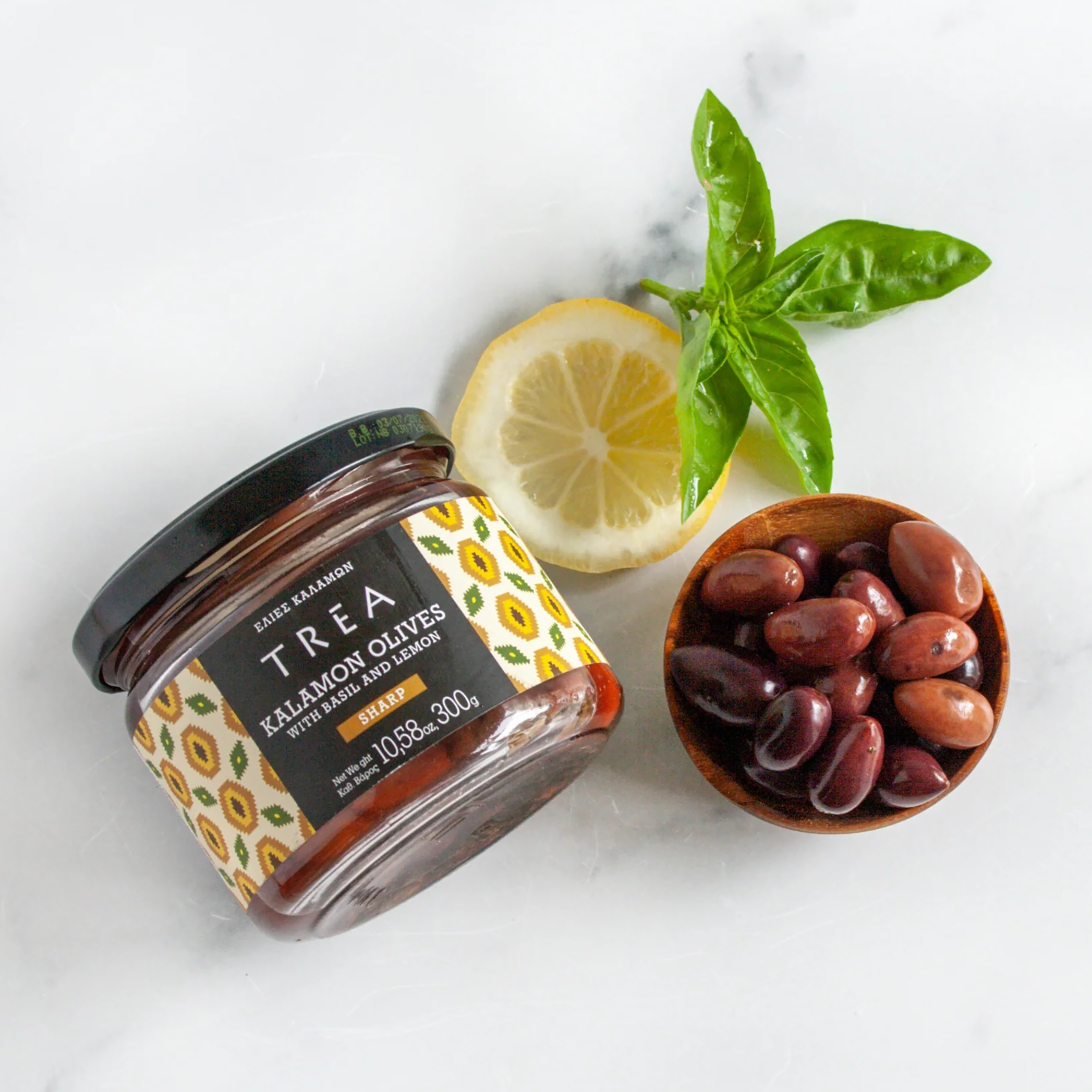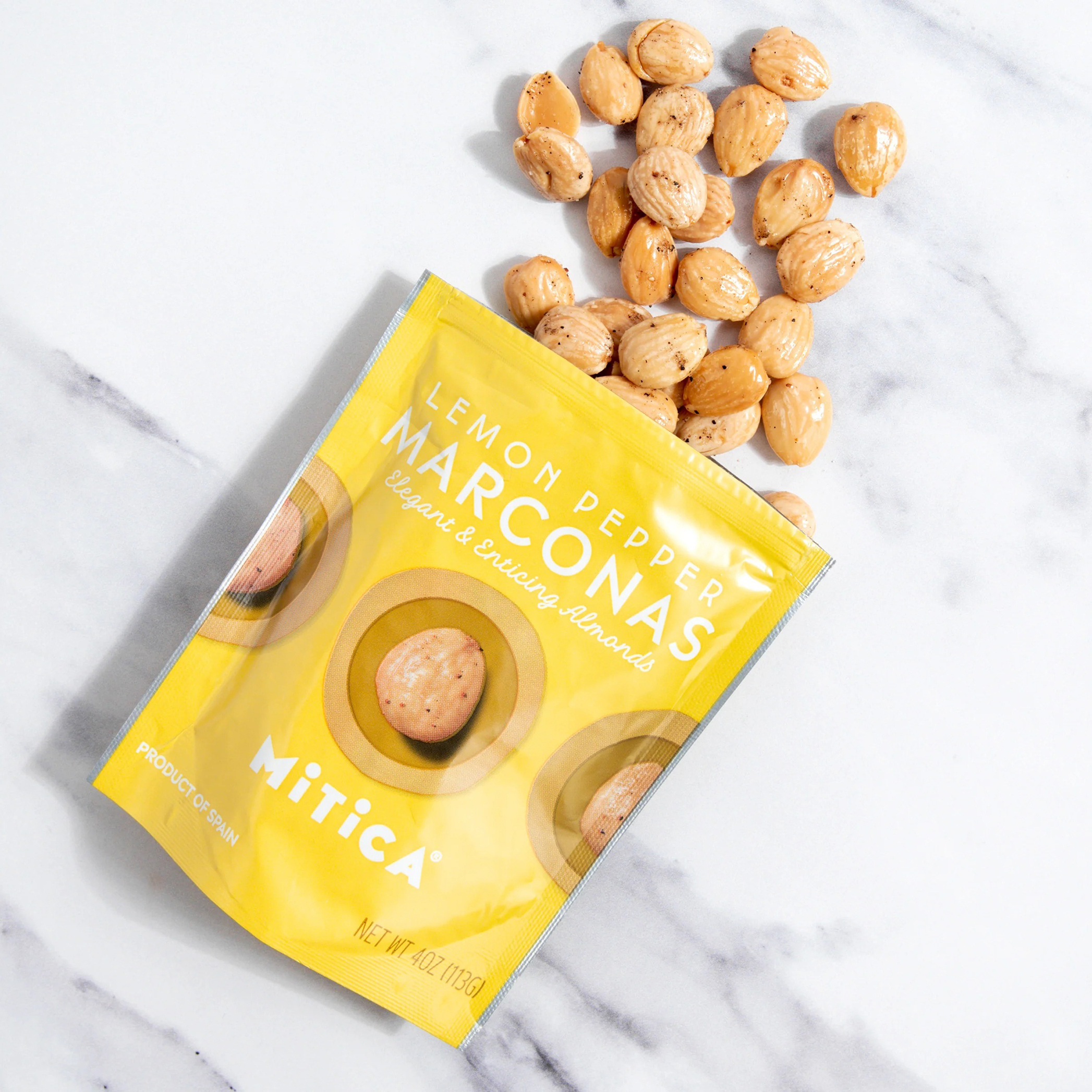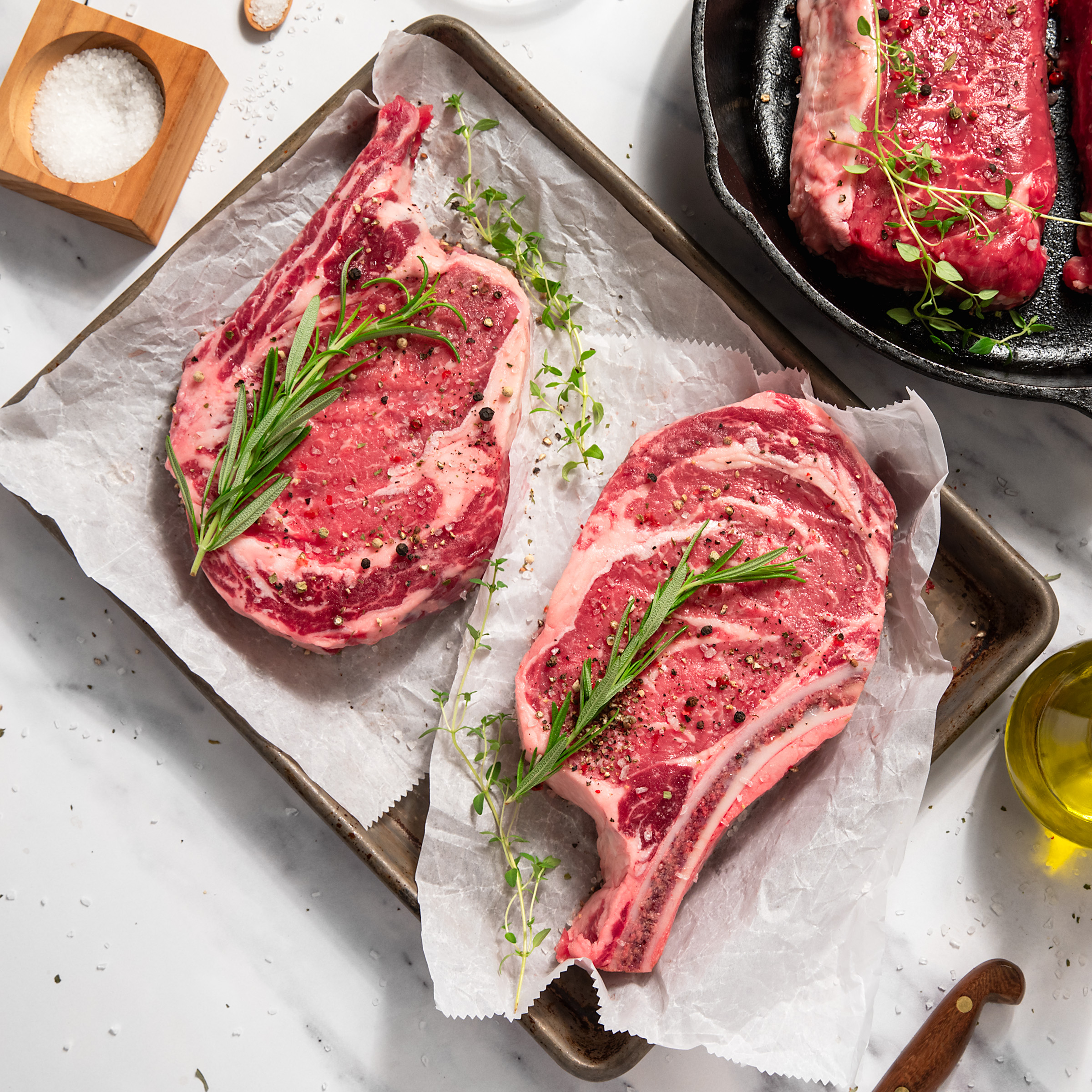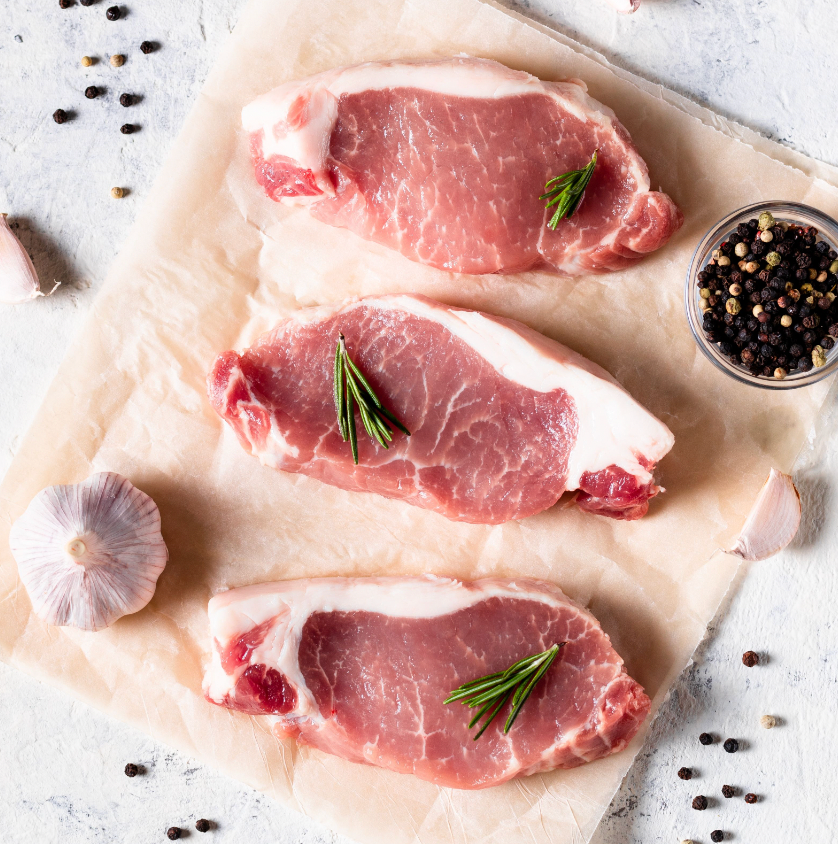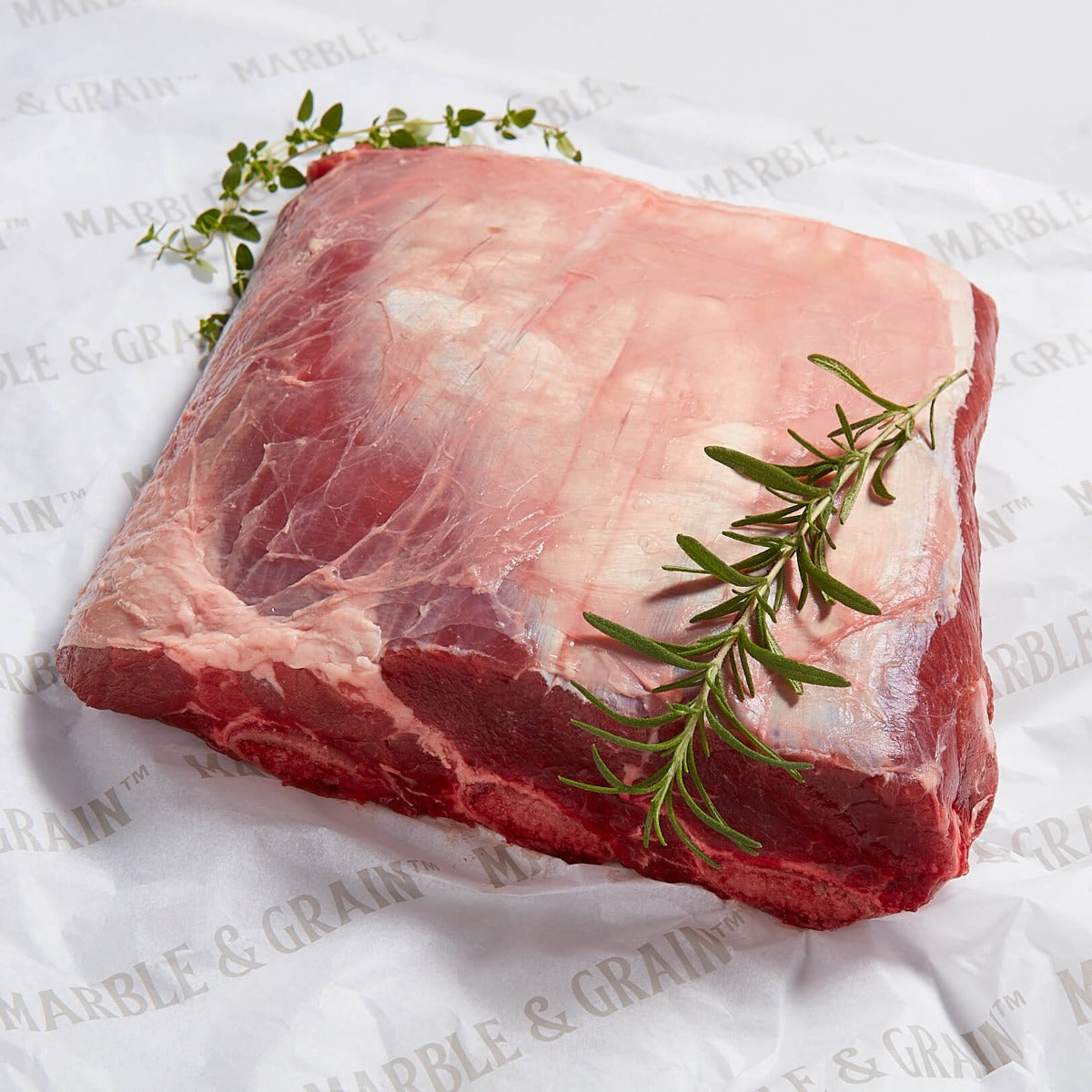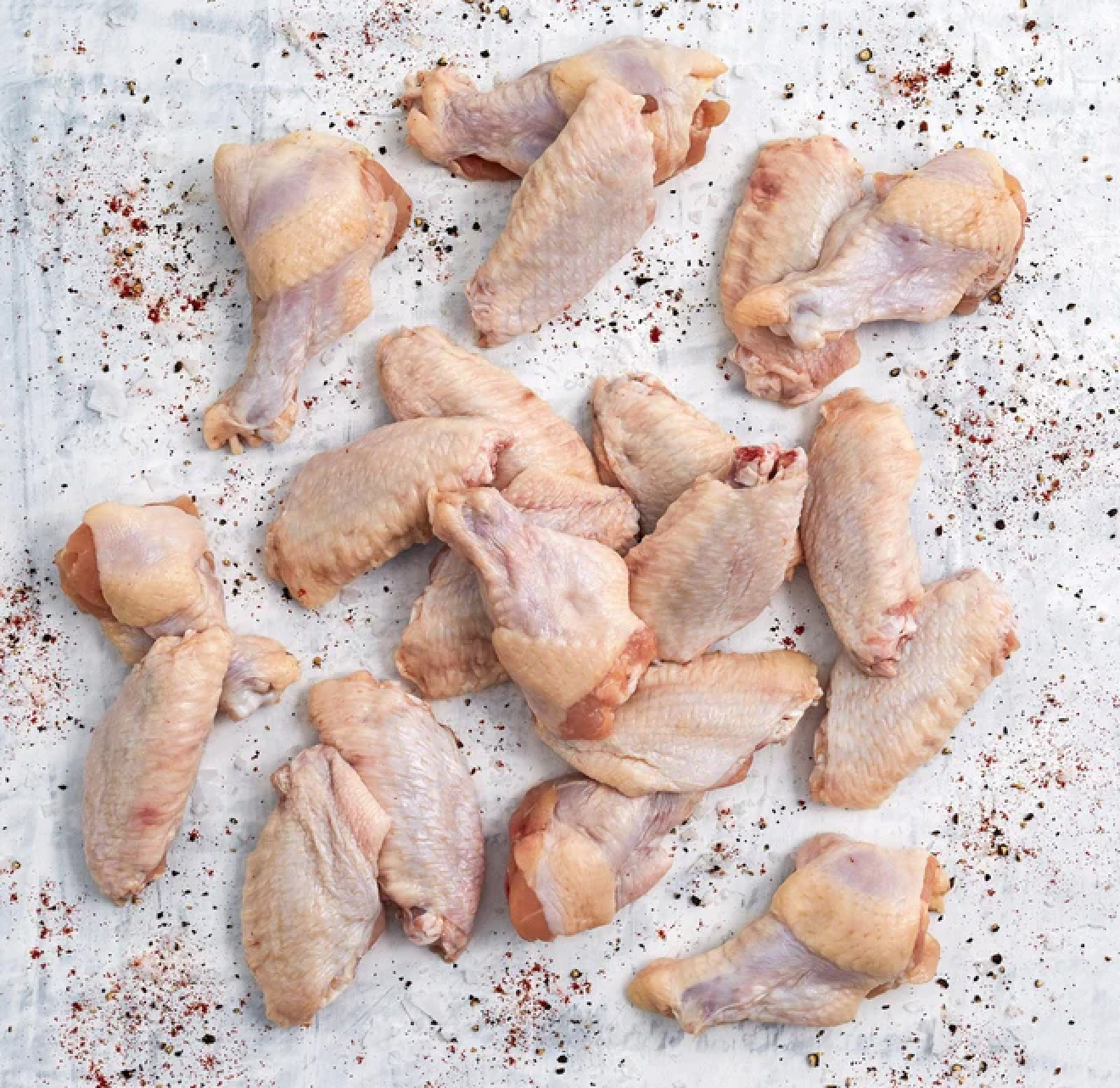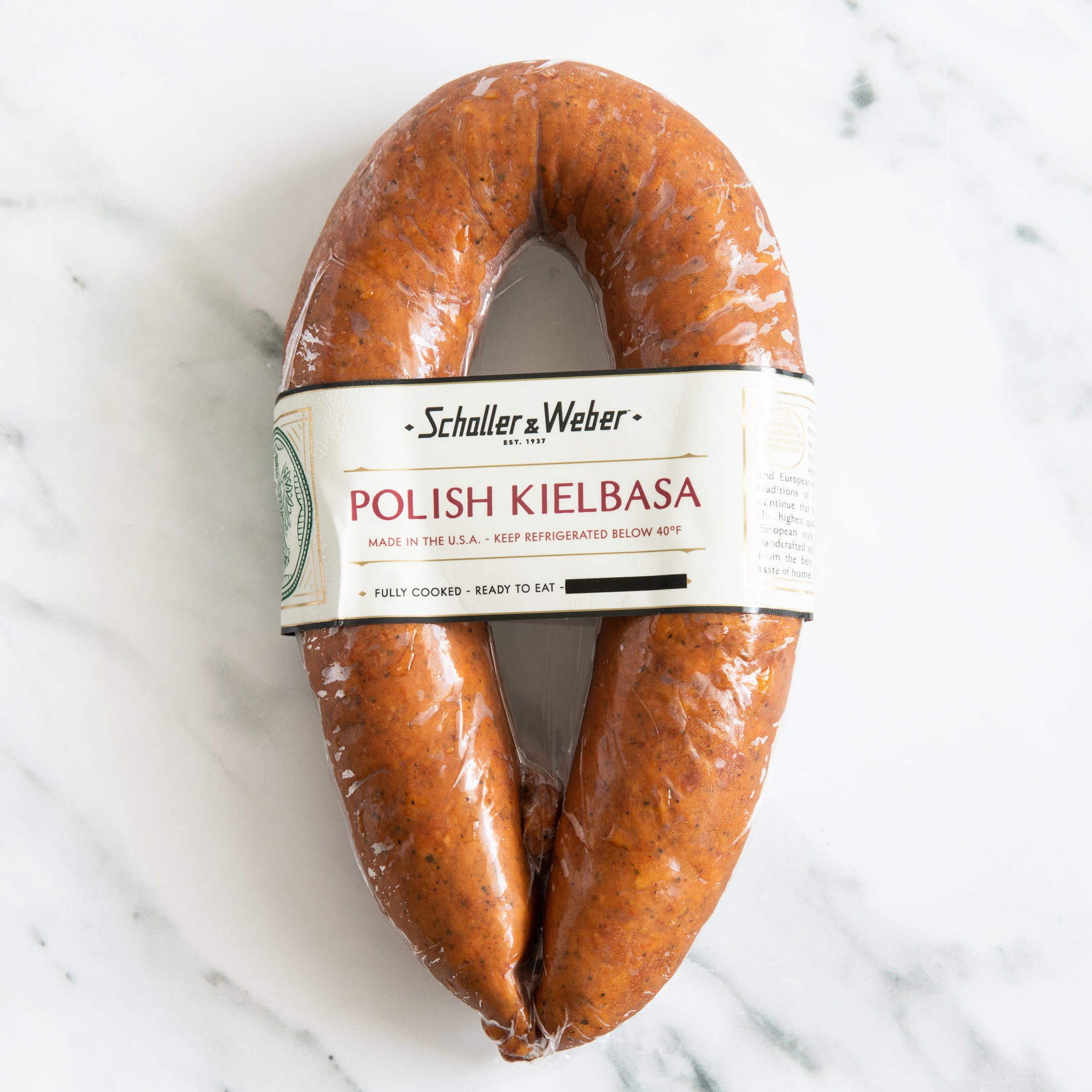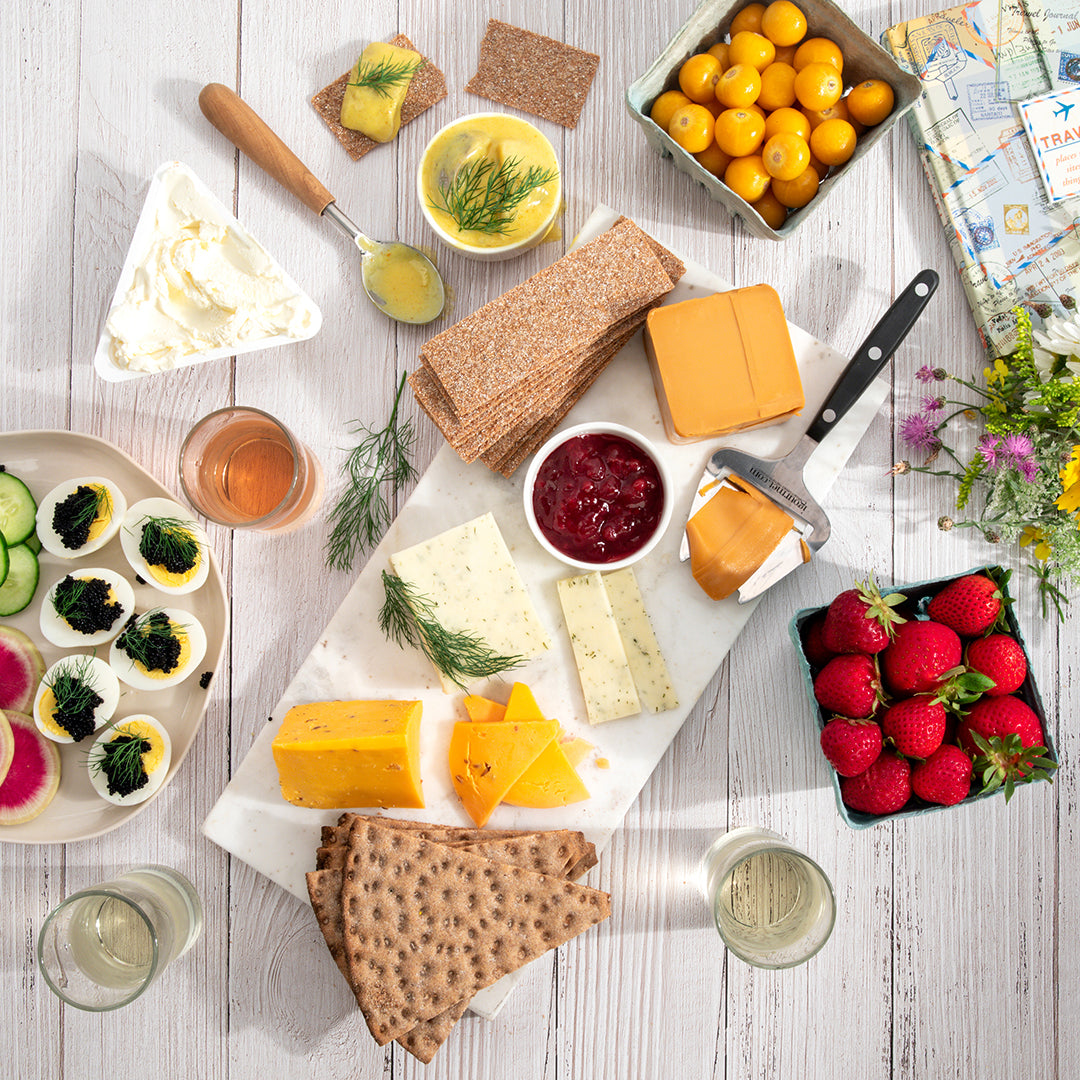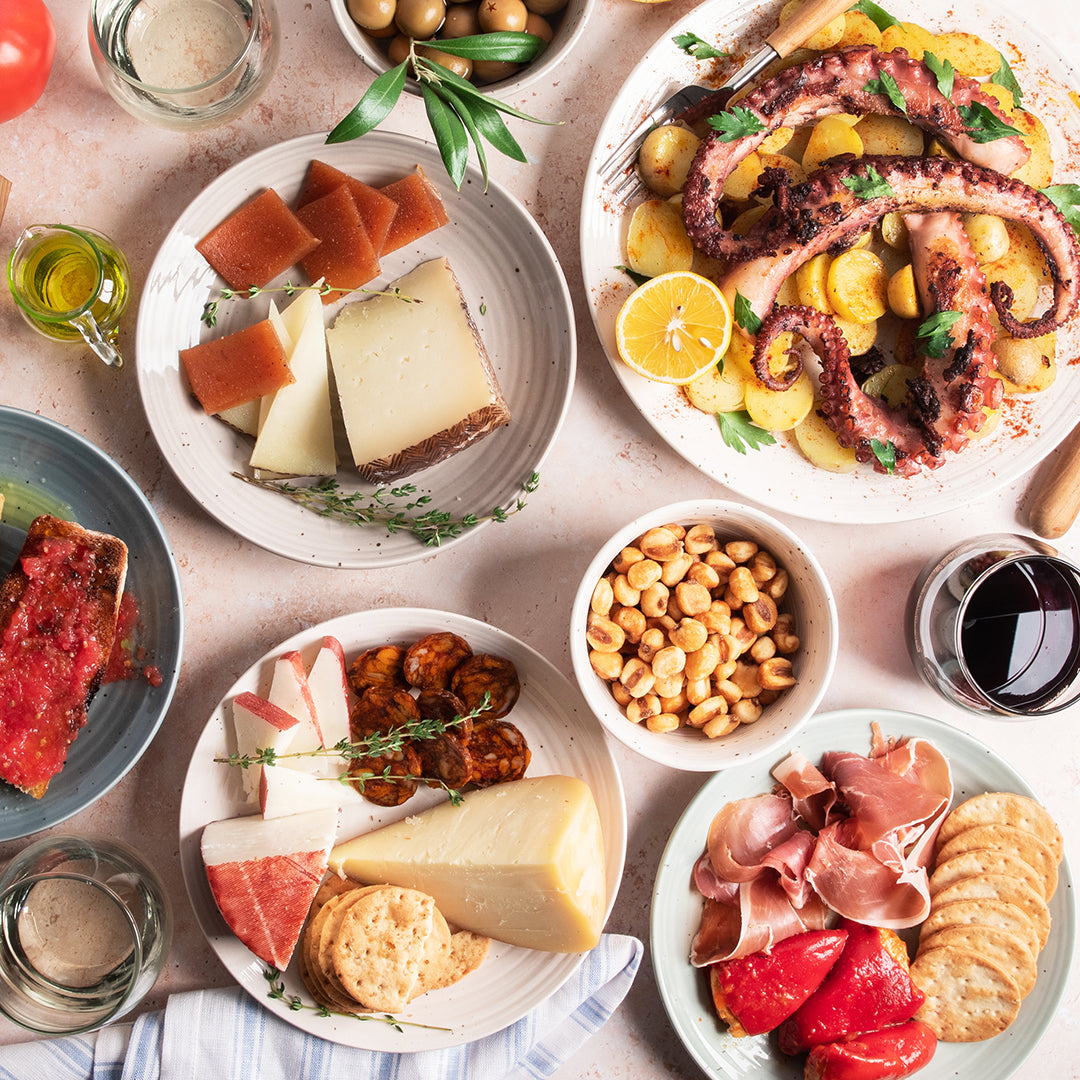Swedish Cuisine Guide
Argentinian Cuisine Guide
June 12, 2019 | By Dave Mattingly
Shop, Find Traditional Recipes, Read About History and Culture
Argentinian Food, or perhaps Argentine Food if you prefer, has its roots in Europe, especially in the Mediterranean, whose influences blend with the native livestock and agricultural foods found throughout the country. Before Spanish settlers arrived in Argentina in the 1500s, many native Argentinians were farmers who grew fruits and vegetables such as squash, melons and sweet potatoes. By the 1800s, nearly a million people emigrated from Europe, mostly from Italy and Spain. Italians introduced pizza and pasta such as spaghetti and lasagna, while the food of other European cultures also influenced Argentinian cuisine including British, German and French. Even the Welsh left their mark in the Patagonia region’s Chubut Valley when they arrived from Wales in 1865. Today, Argentina may be best known as meat loving country, as Argentinian Food culture serves more meat per capita than any other country in the world.Traditional Argentinian Food
Argentina is famous for its grass fed cattle. Large cattle ranches and the gaucho, or Argentinian cowboy, are traditional symbols of Argentina. Asado, or barbeque, is an important culinary tradition in Argentina where a beef roast is cooked over an open fire. Parrillada, a mixed grill of steaks and other cuts of beef is popular, which may include offal, intestines, udder and kidneys. Churrasco (grilled steak), Milanesa (a breaded meat cutlet comparable to German schnitzel), Chorizo (spicy pork sausage), Morcilla (blood sausage) and Chinchulines (small intestines) are also enjoyed. Chimichurri sauce, a mix of fresh herbs, garlic, vinegar and oil that enhances the natural taste of meats is the favored seasoning for steak and chorizo. Empanadas, pastries filled with a variety of foods such as beef, chicken, ham, cheese or sweet corn are also traditional in Argentinian cuisine. Carbonada is another popular dish which is made from meat, potatoes, and veggies. In Patagonia, lamb and goat are more popular than beef and are often cooked on the Asado. Vegetables, such as potatoes, tomatoes, onions, lettuce, eggplant, squash and zucchini are prepared in side dishes. Unlike in the Italy, pizza is traditionally made in Argentina with thick dough. Fogaza, similar to Italian focaccia, is often served with cheese. Pasta with large amounts of sauce, such as pesto, cream or red meat sauce, is heavily consumed in Argentina, including spaghetti, gnocchi and lasagna.
Argentinian Desserts
Dulce de Leche, made by boiling condensed milk until it becomes a thick sweet paste, is a national obsession in Argentina, and commonly used as a spread for toast, as a filling for cakes and pancakes or as an ice cream flavor. Dulce de Leche is so popular that it is commonly eaten during meals and as a snack throughout the day. A favorite way to prepare Dulce de Leche is in Alfajores, which are two shortbread cookies that are held together with Dulce de Leche and often covered in powdered sugar or dipped in chocolate. Speaking of chocolate, Bariloche, a ski town in the foothills of the Andes Mountains in Patagonia, often called the "Switzerland of South America", is a famous artisan chocolate producer in Argentina and boasts exquisite chocolate shops throughout the town. Scones are served with jam and clotted cream in Chubut, a Welsh region known for their teahouses. Italian influence is seen in the ice cream of Argentina. Italian Gelato is popular throughout the country, and offers less fat than traditional American ice cream, so consumption with less guilt is a major draw for Gelato! Facturas, Argentinian pastries, are popular sweets in Argentina. Medialuna are small croissants that are coated in a sugary glaze and commonly eaten for breakfast. Mantecol is a semi-soft nougat, similar to the Middle Eastern candy, halva, and is made from cocoa powder, peanut paste and sugar. While Mantecol is eaten year round, it is especially popular during the Christmas holiday. Churros, Spanish doughnuts, are deep-fried dough pastries covered in sugar. Originating in Spain, Churros have been transformed by Argentinians who fill them with their favorite spread, none other than Dulce de Leche. Dulce de Membrillo is a sweet and firm paste made from quince fruit, which is often served with cheese or as a spread for bread.
Argentinian Cheese
Cheese in Argentina has historically been influenced by not only the Spanish but also the French and Italians. Since Argentina's independence, many Italian immigrants have become established and have exerted their cultural influence in the Argentinian dairy, cheese and wine industries. Two of the major cheese varieties in Argentina are Sardo and Reggianito. Sardo is a young firm cow's milk cheese that is used for grating. Named for a Sardinian sheep's milk cheese, Sardo is heartier in flavor and slightly salty. Reggianito, or little Reggiano, is also a hard cow's milk cheese used for grating. Reggianito is one of the most exported cheeses in Argentina. While Italian Parmiginao Reggiano is produced in huge 80 lb wheels, Reggianito is made in smaller 15 lb wheels, and is cured longer than any other cheese from South America, creating a rich, creamy and salty cheese. This grainy cheese is perfect for cooking or grating over pasta. A must try for fans of Parmigiano Reggiano.
Additional Argentinian cheeses include San Ignacio Blue, a blue cheese whose mold spores are the base for the cheese's rich flavor and color. San Ignacio Blue has a soft, creamy and crumbly texture. Enrobed in black wax, the cheesemakers at Zerto produce Black Wax Parmesan by Zerto, a hard table cheese which has a salty, nutty and tangy flavor. Magnasco Edam is made with milk from Magnasco’s own dairy farms in order to provide a quality and consistent product. This Edam is a copy of the Dutch original yet harder and sharper. Magnasco Edam makes an excellent topping when grated on rice, vegetables or over pasta.
Argentinian Beverages
One of the most famous Argentinian drinks is Mate, an infusion made from the leaves of the yerba mate plant. Drinking it in a hollow gourd with a metal straw is a common social experience in Argentina. Mate tends to have a bitter flavor, so is often sweetened with sugar, or flavored with herbs or orange peel. The production of wine has become an important industry in Argentina. Argentina started exporting its wine in the 1990s and the popularity of Argentinian wines has steadily increased since. Argentina is the largest wine producer in South America and the 5th largest producer in the world. Other typical drinks include coffee, tea, carbonated beverages and beer. Quilmes is a popular pale lager beer named after the town of Quilmes in the province of Buenos Aires, where in 1888 the Quilmes brewery was founded.
Shop more Argentinian Food and ingredients here. To find the best gourmet foods and gift baskets online, begin your search at igourmet.com.







